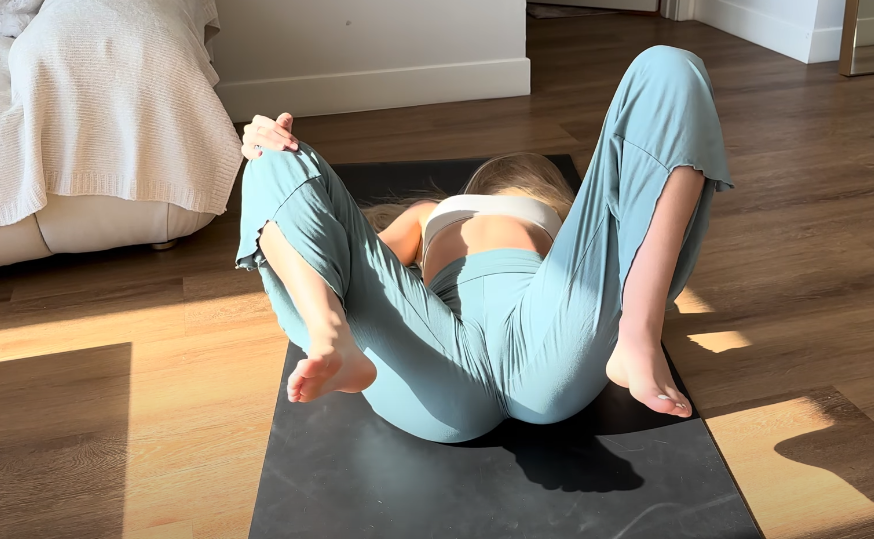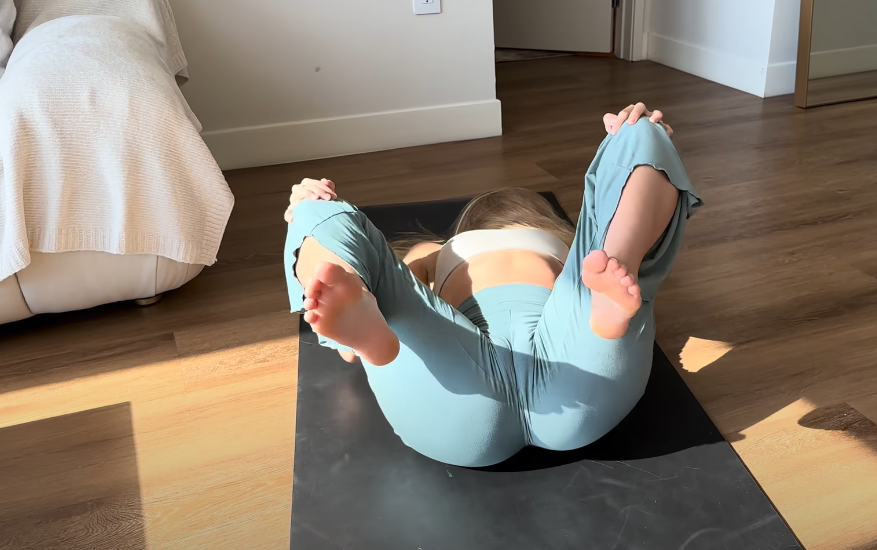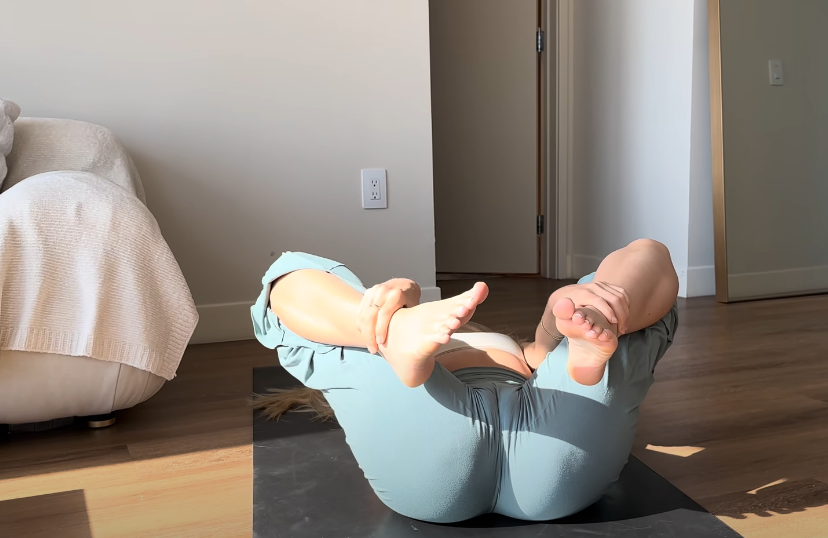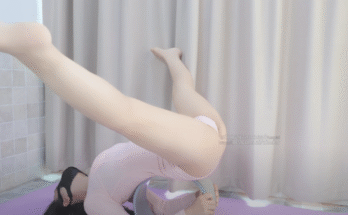In the hustle and bustle of daily life, it’s easy to feel disconnected from the flow that brings us peace, purpose, and productivity. We all seek that deep, unbroken rhythm—a flow where work, creativity, and mindfulness come together seamlessly. But how do we find this deep flow, especially when distractions and pressures seem endless? The answer lies within us, hidden behind the chaos, and it’s about learning to tap into it with intention and presence.

The concept of flow, as described by psychologist Mihaly Csikszentmihalyi, refers to the state of being fully immersed in an activity, where time seems to vanish, and the mind is absorbed entirely in the present moment. It’s that feeling of effortless concentration, where challenges feel exciting, not overwhelming. For many, this deep flow state is the holy grail of both professional and personal satisfaction. But it can feel elusive, like an idea just beyond your grasp.

elusive, like an idea just beyond your grasp.
To achieve this deep flow, the first step is understanding its nature. Flow doesn’t come when we’re merely busy. It happens when we engage in tasks that challenge us at the right level—tasks that are neither too easy nor too difficult. These tasks should align with our skills and interests, so that we can push ourselves without losing our sense of control. This balance of challenge and ability creates an environment where we can lose ourselves in the process, rather than worrying about the outcome.

One of the key factors in achieving flow is focusing on one thing at a time. In a world where multitasking is glorified, we often underestimate the power of single-tasking. The deep flow you crave cannot be found when your attention is fragmented. When you focus your energy on just one task, free of distractions, your mind becomes laser-focused. It might be as simple as writing, painting, playing an instrument, or coding—whatever activity allows you to immerse yourself fully in the moment.

Moreover, creating a conducive environment is crucial. A cluttered space can cause your mind to feel cluttered, making it harder to settle into the calm focus that flow requires. Set up a dedicated space that promotes creativity and calm. This could be a quiet corner of your room, a workspace with minimal distractions, or even a spot in nature where you can feel connected to your surroundings. The right setting can amplify your sense of presence and deepen your ability to focus.

Another element that encourages deep flow is mindset. Embracing a growth mindset—where you view challenges as opportunities to learn and improve—can help you stay engaged and curious. When you’re in the flow, you’re not concerned with perfection; instead, you’re committed to the process. This mindset shift helps you stay grounded and motivated, even when things get tough.

Flow isn’t just about doing. It’s also about being. Being present. Being mindful. The more you practice mindfulness in everyday life, the more natural it will be to slip into a state of deep focus when you need it most. Regular practices like meditation, yoga, or simple breathing exercises can train your mind to let go of distractions, thus making space for the deep flow you’re seeking.

In conclusion, the deep flow you’ve been wanting is not a distant dream, but a tangible state that can be nurtured with intention and effort. It’s about aligning your tasks with your passions, cultivating a space of focus, and adopting a mindset that welcomes growth and challenges. With each step you take toward creating the conditions for flow, you’ll find that this deeper connection to your work, your creativity, and yourself becomes more and more accessible. And in that flow, you will discover a sense of fulfillment that goes beyond mere productivity—a state where time disappears, and you are fully alive in the moment.





